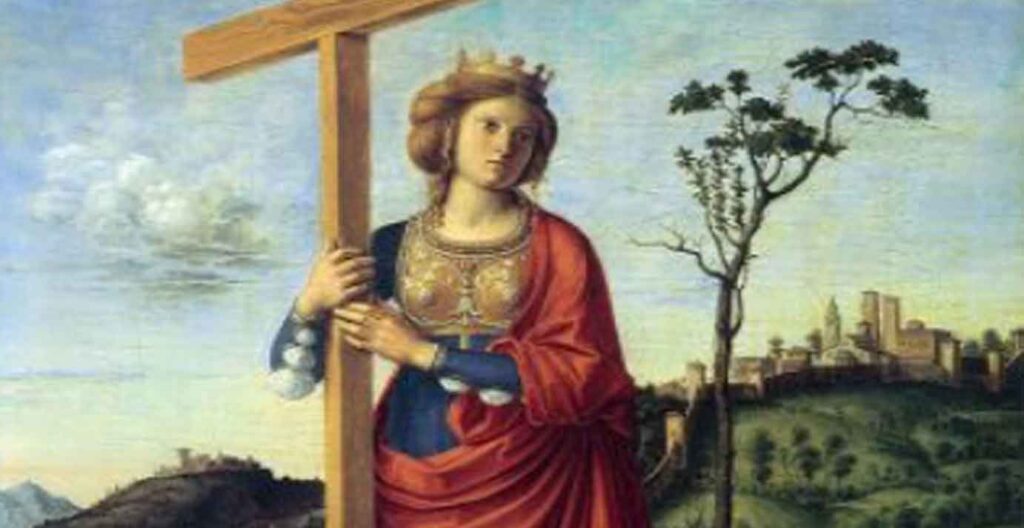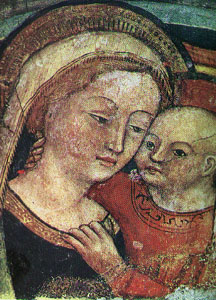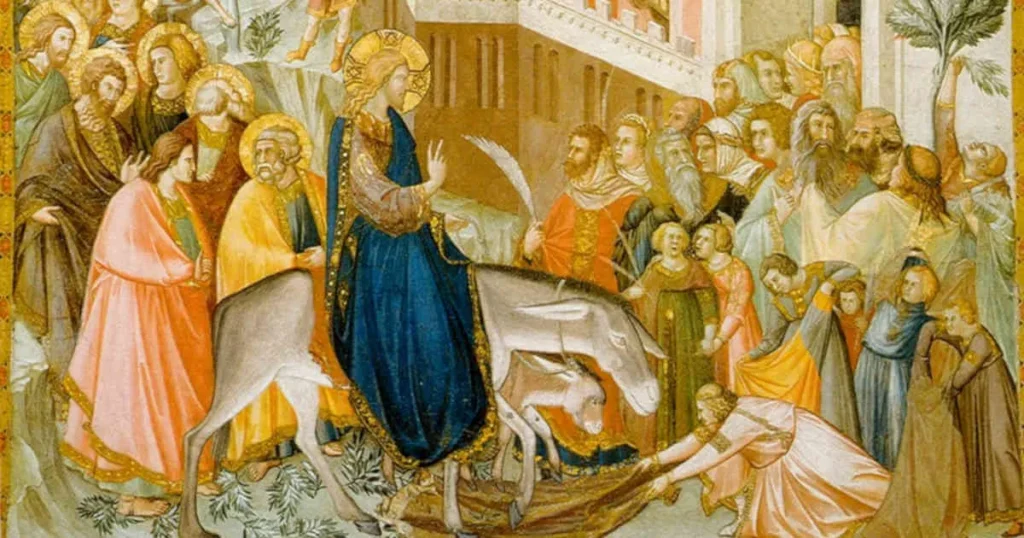Tradition says Helena brought a woman near death to the discovery of three crosses which was discovered during their search. There she had the woman place a hand on all three crosses. Nothing happened when she touched the first two crosses, but when she placed her hand on the third cross she suddenly recovered. Helena declared the third cross to be the True Cross. At this site, Constantine ordered the Church of the Holy Sepulchre to be built.
Theodoret of Cyrus, an influential theologian, wrote that that during her search, Helena also discovered the nails of the crucifixion. She had one of the nails placed in Constantine’s helmet and one in the bridle of his horse to aid him with their miraculous powers. Churches were built at these sites, as well.
Several of the relics believed to be found by St. Helena are located in Cyprus. Among these are parts of Jesus’ tunic, pieces of the holy cross, and pieces of the rope used to tie Jesus to the cross. When Helena returned to Rome from Jerusalem in 327, she brought parts of the True Cross back with her. She stored these in her palace’s chapel. They can still be seen to this day, though her palace has been converted to the Basilica of the Holy Cross in Jerusalem.
St. Helena died around 330 with her dearly devoted son, Emperor Constantine, by her side. She was then buried in the Mausoleum of Helena outside of Rome.







